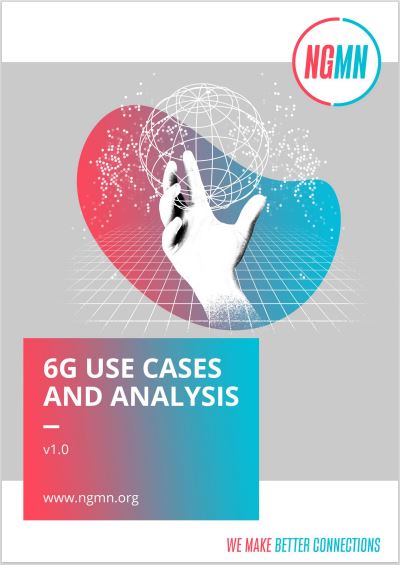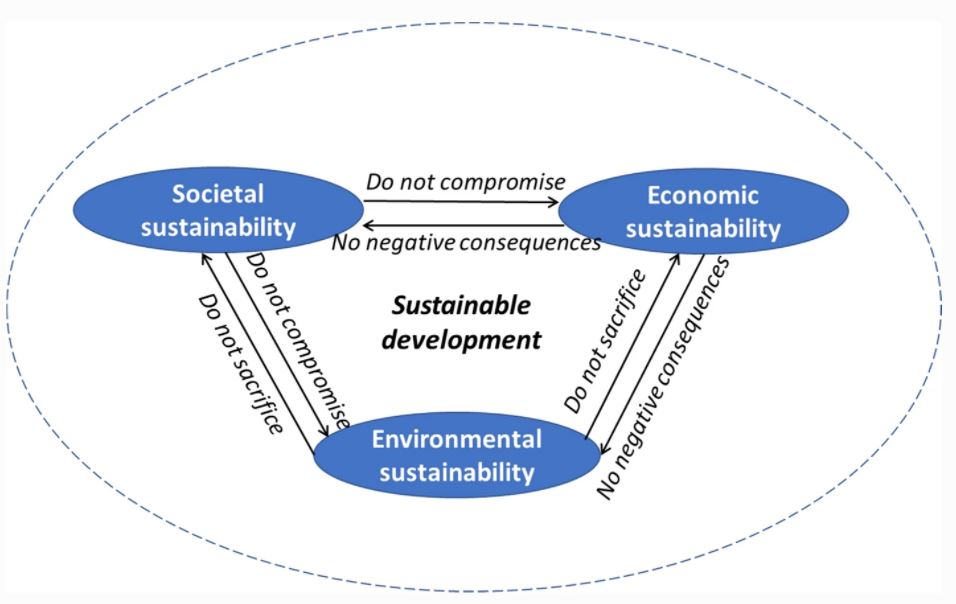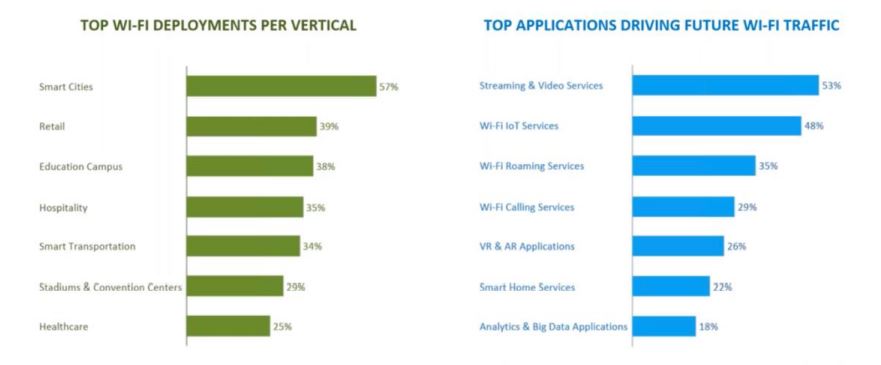NGMN – 6G USE CASES WHITE PAPER

The identification of 6G use cases is key to predicting major trends in future usage scenarios and will help to steer the needs and requirements for future generational change. Therefore, operators, technology suppliers and academic advisors in NGMN joined forces and contributed their views on which 6G use cases they predict will emerge in the future decade. The result is published in NGMN’s “6G Use Cases and Analysis” White Paper.
Strategy Paper for Circular Economy: Network Equipment – GSMA

This strategy paper analyses how the network equipment used within the telecommunications ecosystem can evolve towards a circular business model. This will involve co-operation with stakeholders along the whole of the value chain, beginning with changing perceptions of what is ‘waste’.
The aim of the shift towards greater circularity is to reduce environmental impacts while realising social and economic benefits at the same time.
6G and the UN SDGs: Where is the Connection? – Oulu

Sustainability, especially through the UN SDGs, and the future 6G wireless networks, cannot be treated in isolation, but a clear connection between them is urgently needed. This paper extends from traditional green communications and energy efficiency considerations in wireless communications to establishing a close connection between 6G and the triple bottom line of economic sustainability, societal sustainability, and environmental sustainability.
Wireless Broadband Alliance Annual Industry Report 2022

The 2022 WBA Annual Industry Report takes a look at the industry trends and drivers. These include the addition of the 6GHz spectrum band in a growing number of countries around the world; the rapid commercial availability and market adoption of Wi-Fi 6 and 6E; and the flurry of innovative services ranging from the WBA OpenRoaming™ to Wi-Fi sensing. The Wi-Fi experience is becoming more deterministic. Wi-Fi 7 promises to supercharge Wi-Fi 6 with new techniques such as multi-link operation and time sensitive networking while leveraging spectrum dynamically with automatic frequency coordination. Wi-Fi is also increasingly integrated into cellular networks both at the access and core network level. Industries from hospitality to healthcare and transportation to smart cities are embracing this deterministic Wi-Fi to support new use cases and business models.
Quantum Machine Learning: A Tutorial – ScienceDirect.com

This tutorial provides an overview of Quantum Machine Learning (QML), a relatively novel discipline that brings together concepts from Machine Learning (ML), Quantum Computing (QC) and Quantum Information (QI).



